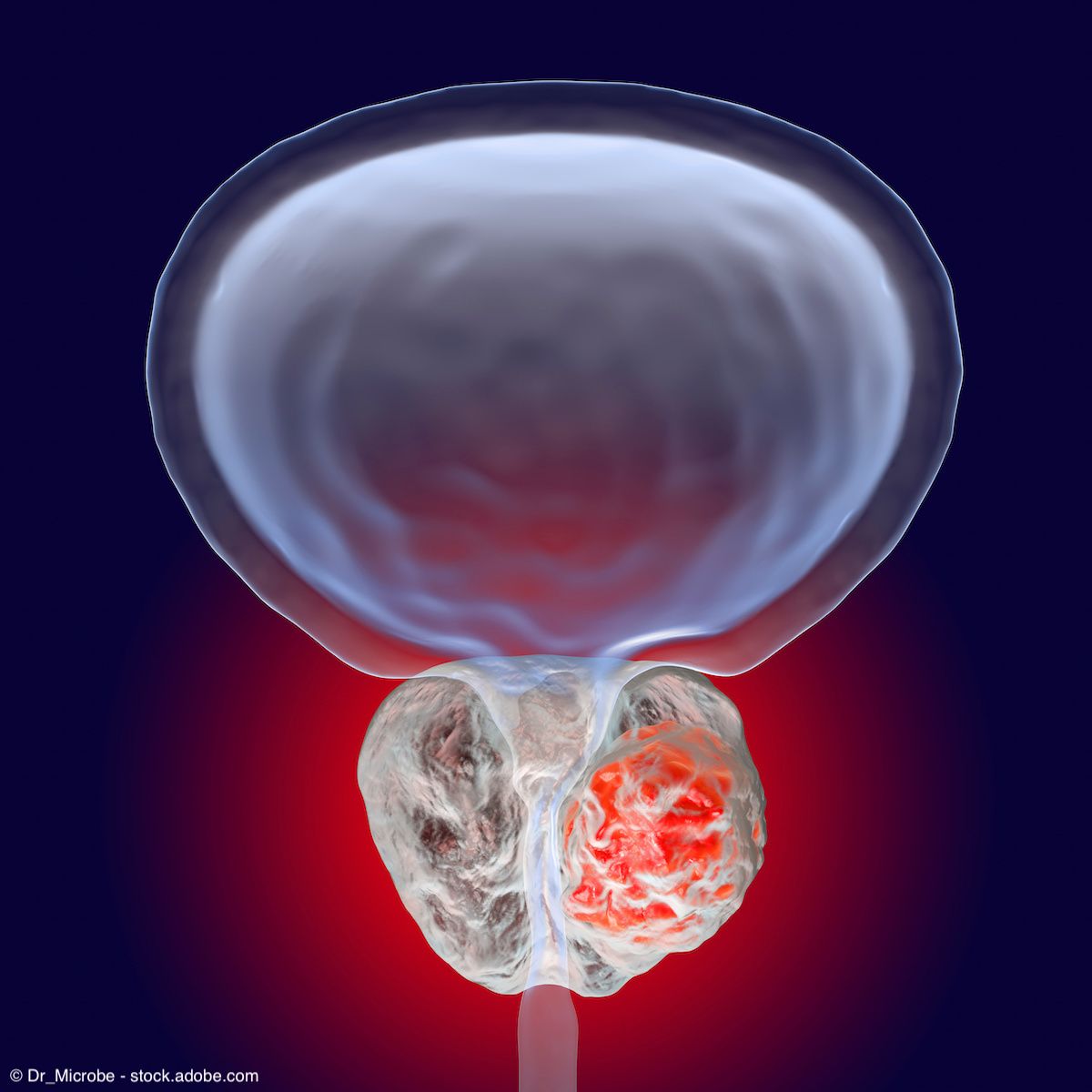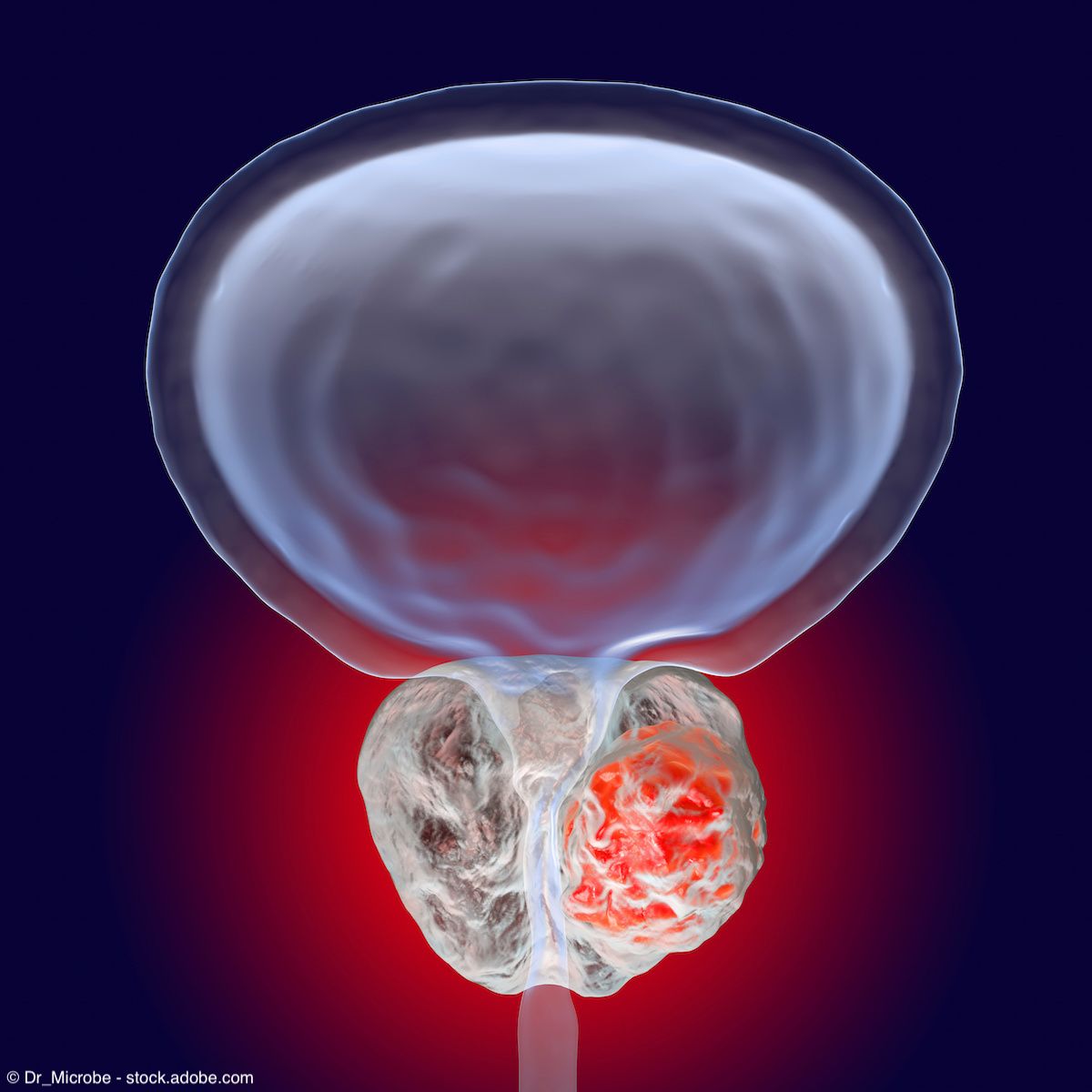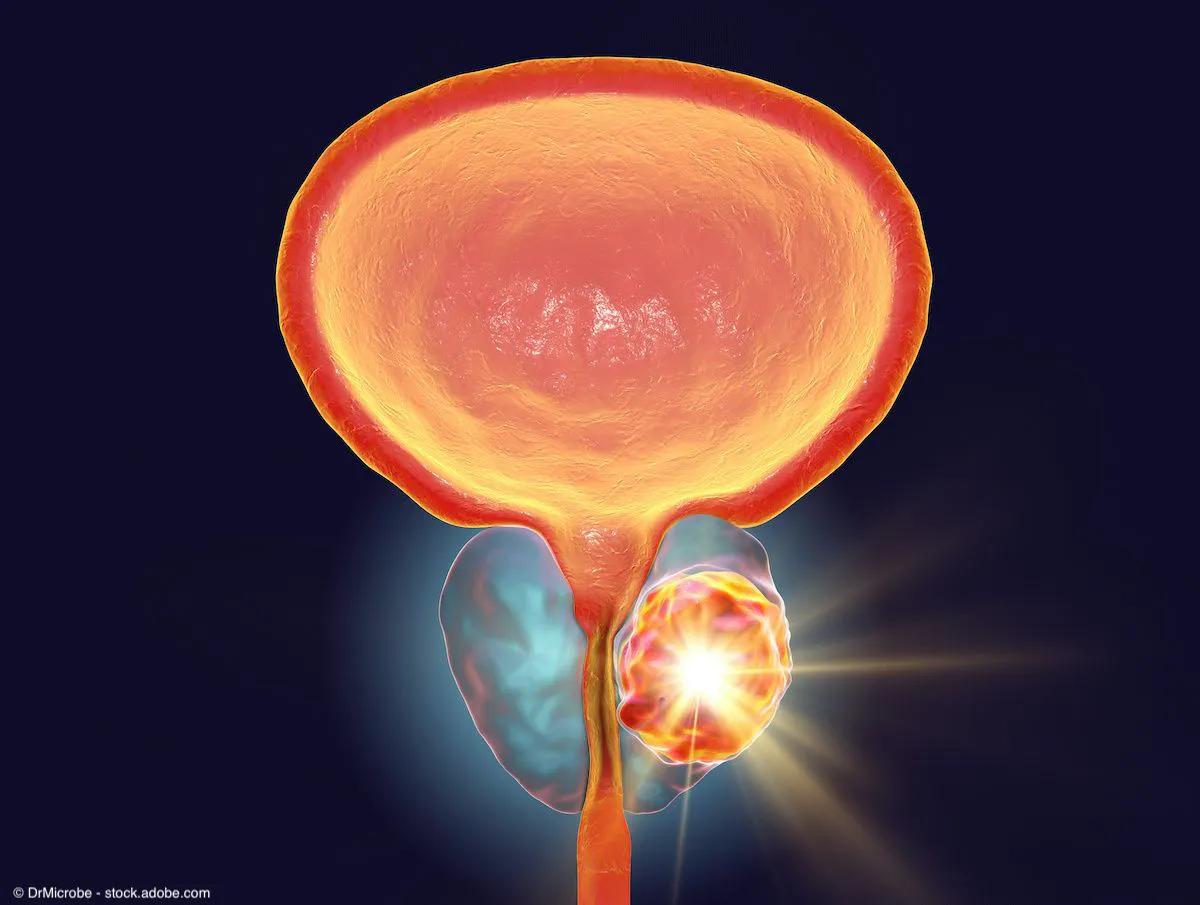News
Article
Acute toxicity after prostate cancer radiotherapy increases odds of late toxicity
Author(s):
Key Takeaways
- Acute toxicity in prostate cancer radiotherapy is linked to increased late toxicity and reduced quality of life.
- Innovations like smaller treatment margins aim to minimize early side effects and reduce long-term complications.
The incidence of late grade 2 or greater GU toxicity at 5 years was 12.5% among those who did experience acute toxicity vs 7.5% among those who did not.
Acute toxicity following prostate cancer radiotherapy was associated with an increased risk of late toxicity and decrements in patient-reported quality-of-life (QOL) metrics, according to findings from a recent study published in The Lancet Oncology.1
Patients who received moderately hypofractionated radiotherapy were more likely to experienced late toxicity.

"Men with prostate cancer are living longer than ever, and our goal is to reduce the risk of late toxicities, such as difficulty urinating or rectal bleeding, that can impact a patient’s quality of life for years," said senior author Amar U. Kishan, MD, executive vice chair of radiation oncology at the David Geffen School of Medicine at the University of California, Los Angeles (UCLA), in a news release on the findings.2 “This study highlights innovations we’re developing, such as using smaller treatment margins in prostate radiation to minimize early side effects, that can lead to lasting benefits by also reducing the risk of long-term complications for patients.”
Overall, data from the study showed that acute grade 2 or greater genitourinary (GU) toxicity within the first 3 months of treatment was significantly associated with late grade 2 or greater GU toxicity at 5 years (OR, 2.20; 95% CI, 1.88–2.57; P < .0001).Specifically, the incidence of late grade 2 or greater GU toxicity at 5 years was 12.5% among those who did experience acute grade 2 or greater GU toxicity vs 7.5% among those who did not (P < .0001).
Similarly, acute grade 2 or greater gastrointestinal (GI) was statistically significantly associated with late grade 2 or grater GI toxicity at 5 years (OR, 2.53; 95% CI, 2.07–3.08; P < .0001). The incidence of late grade 2 or greater toxicity was 21.5% among those who did experience acute toxicity compared with 12.5% among those who did not (P < .0001).
Further, those who experienced acute GU or GI toxicity were also more likely to experience a decrement of at least twice the minimal clinically important difference (2xMCID) for urinary (OR, 1.41; 95% CI, 1.17–1.68; P = .0002) and bowel (OR, 1.52; 95% CI, 1.26–1.83; P < .0001) QOL, respectively.
“These results show that acute toxicities following prostate radiotherapy are associated with late toxicities months and years later,” said lead author John Nikitas, MD, a resident in the department of radiation oncology at UCLA, in the news release.2 “This underscores the importance of measures that reduce the risk of acute toxicities because they may also potentially improve long-term outcomes and quality of life for patients.”
In total, the study included 6593 patients, of whom 4248 underwent conventionally fractionated radiotherapy and 2345 underwent moderately hypofractionated radiotherapy. All patients were included from 1 of 6 phase 3 randomized trials in the Meta-Analysis of Randomized trials in Cancer of the Prostate (MARCAP) Consortium that met the eligibility criteria for the study.
Overall, 29.8% (1817 of 6101) of patients experienced acute grade 2 or greater GU toxicity and 15.4% (1017 of 6593) of patients experienced late grade 2 or greater GU toxicity. Further, 14.7% (897 of 6101) of patients experienced acute grade 2 or greater GI toxicity, and 14.3% (941 of 6593) of patients experienced late grade 2 or greater GI toxicity.
Patients who received moderately hypofractionated radiotherapy were more likely to experienced late grade 2 or greater GU toxicity vs those who received conventionally fractionated radiotherapy (OR, 1·37; 95% CI, 1.15–1.64; P = .0005). Moderately hypofractionated radiotherapy was also statistically significantly associated with acute grade 2 or greater GU toxicity (OR, 1.49; 95% CI, 1.21–1.83; P = .0002).
According to the authors, the findings from this study underscore the need to better control early toxicity in an effort to improve long-term outcomes. One method to do this is through aggressive margin reduction with MRI-guided stereotactic body radiotherapy, which is being explored in the ongoing MIRAGE trial (NCT04384770).
Kishan, who is an investigator in the MIRAGE trial, noted in the news release, “Reducing early side effects through advanced techniques like MRI-guided radiation, which allows for more precise targeting of tumors, and urethral-sparing methods, which uses spacers between the prostate to protect surrounding tissues and rectum, could potentially help lower the risk of lasting side effects.”
References
1. Nikitas J, Jamshidian P, Tree AC, et al. The interplay between acute and late toxicity among patients receiving prostate radiotherapy: an individual patient data meta-analysis of six randomised trials. Lancet Oncol. 2025:S1470-2045(24)00720-4. doi:10.1016/S1470-2045(24)00720-4
2. UCLA-led study establishes link between early side effects from prostate cancer radiation and long-term side effects. News release. University of California, Los Angeles (UCLA), Health Sciences. January 31, 2025. Accessed February 3, 2025. https://www.newswise.com/articles/ucla-led-study-establishes-link-between-early-side-effects-from-prostate-cancer-radiation-and-long-term-side-effects




